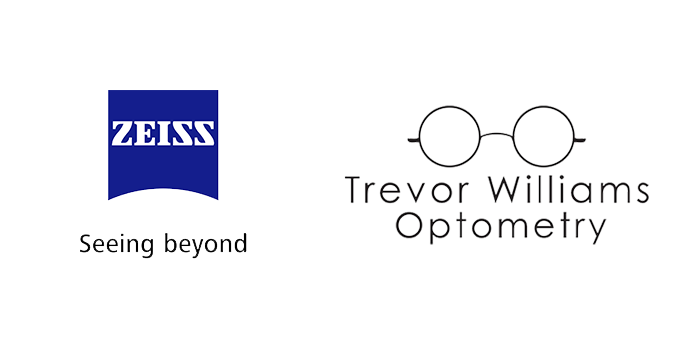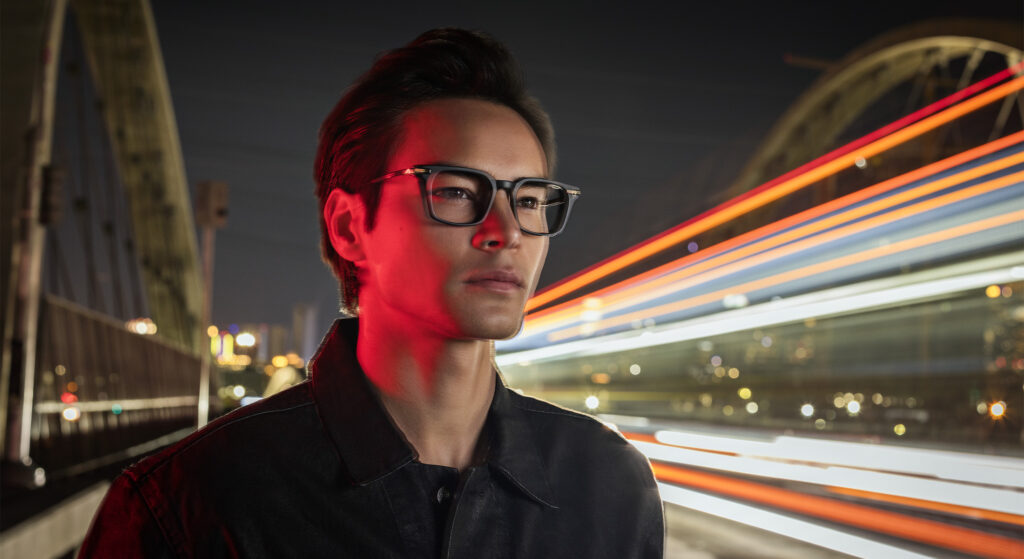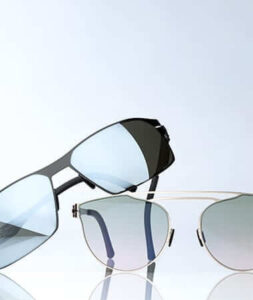Focus on Lenses

Your visit with T.W.O. will involve discussion about your expectations of your new eyewear. With every lens available to Dr Williams, his recommendations are key to your decision to invest in new and improved vision.
Lens designs have evolved with every technological advancement through necessity. Screen time is a contributor to this need for change. Thinking of the benefits of protection and comfort are encased in the vast portfolios of lens suppliers; Zeiss, Hoya, Tokai, Shamir, Essilor, Nikon and Maui Jim are all available to Trevor Williams Optometry.
Single Vision Lenses
Designed for Short-sightedness (Myopia) or Long-Sightedness (Hyperopia).
The prescription power of single vision lenses is identical across the entire lens. These lenses are used in distance and reading glasses – the two most common vision devices. With reading glasses, single vision lenses are optimised for vision in the near zone and are great not only for books, but also for reading smaller fonts on a smartphone or tablet. An optimally fitted pair of distance glasses can help you see nearby and faraway objects clearly once more.
Astigmatism can be corrected with single vision lenses. To achieve this, an additional prescription power is incorporated into the lens, which balances out the astigmatism: this is known as cylinder correction.


Progressive Lenses
Designed for presbyopia.
Progressive lenses have clear benefits compared to bifocal and trifocal lenses. Progressive lenses have a power for the near, intermediate and distance zones – and all of this in a lens with a seamless transition and no dividing line. The power is smooth from top to bottom and moves from distance to near vision. Progressive lenses enable clear, relaxed vision at all distances and are the perfect choice for correcting myopia, hyperopia and presbyopia. They’re great for reading, working at a computer or with your hands, or for simply gazing into the distance.
Thanks to state-of-the-art production methods with exceptional visual comfort, progressive lenses by ZEISS are precisely fitted to the wearer’s individual needs using a range of factors. They enable not only clear, natural vision, but also fast focusing at all distances and in all directions. It’s an optimum pair of glasses for everyday use – no matter if this is your first pair, or if you want to switch from reading to progressive lenses or have only needed distance lenses until now. Progressive lenses are also the ideal solution for people with normal vision who are beginning to develop presbyopia, or for people with astigmatism who are developing presbyopia.
Office Lenses
Lenses for clear near vision in an office/work environment.
People usually notice the change when they’re 40 or older: working at a computer screen and shifting their gaze – i.e. from the keyboard to the monitor or from the calendar to the telephone – is suddenly more stressful for their eyes. To see clearly at different distances, they often unconsciously assume an uncomfortable posture, e.g. by leaning forward or raising their head. Back and neck pain, or dry or teary eyes, are just some of the possible consequences. ZEISS Office Lenses prevent this type of visual stress: they’re customised for your vision needs while at work and are optimised for all required distances while working at a computer screen.
Reading and progressive lenses, however, are often not the ideal solution because the relevant areas of the lens are not optimised for office work. Reading glasses only enable optimum vision at a short distance – too short for working at the computer or looking at your desk. With progressive lenses, the wearer looks at the monitor through the intermediate area of the lens and must tilt their head upwards to see the screen clearly. Both types of lenses promote an unnatural posture while sitting, potentially causing muscle tension in your neck, shoulders and back, as well as headaches.


Digital Lenses
Counter Eye-strain from Digital Devices.
Using digital technologies such as smartphones and e-readers demands the utmost from our eyes every single day. Our eyes are having to become accustomed to a new range of near vision to accommodate the shorter distance at which we hold digital devices compared to a newspaper or a book. And they also require our eyes to constantly switch between different distances. This can lead to headaches and neck strain, and burning or tired eyes, particularly as we get older. One solution could be distance lenses with special support for your eyes at close range, like ZEISS Digital Lenses. They are sharply focused on the use of digital devices such as e-readers and smartphones and make it easier to focus in the near and distance ranges. ZEISS Digital Inside technology is also available for progressive lenses.
Driving Lenses
Lenses for a good, glare-free view while driving.
Being able to see well is a prerequisite for safe driving because on the road our eyes are working overtime: we constantly must shift our focus between the street, the GPS, and the rear-view and wing mirrors. Unpleasant weather and adverse light conditions often make it difficult to see. Lenses specially optimised for particular situations faced while driving (e.g. ZEISS DriveSafe Lenses, available as single vision and progressive lenses) reduce the visual stress when driving, making it easier for drivers to see. For people who are sensitive to reflections, DriveSafe lenses can help combat perceived glare.
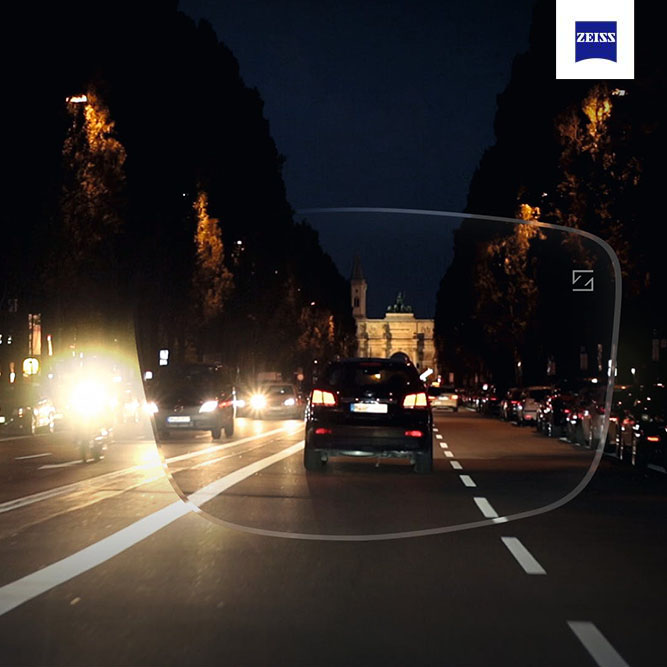

ZEISS UVProtect
Protection against Harmful UV Radiation, Even with Clear Spectacle Lenses.
As scientific and medical evidence have demonstrated, there are many ways that ultraviolet radiation (UVR) can cause damage on and in the eye as well as on the eyelids. In the daylight, we are exposed to varying high doses of UVR throughout the year without being aware of it. UV exposure is omnipresent regardless of whether we face the sun or not, or whether the sky is clear or cloudy. Premium sunglasses are not the only source of significant protection against UV rays: clear eyeglass lenses offer this, too. However, unlike high-quality sunglasses or self-tinting lenses, the materials used for the standard clear lenses do not fully absorb the most intense portion of solar UVR on Earth – the solar spectrum between 380 nanometres (nm) and 400 nm. This has led a major protection gap. ZEISS has successfully modified the lens materials currently used for clear eyeglass lenses so that these absorb and filter harmful UVR effectively up to 400 nm without limiting the clarity of the lens. ZEISS UVProtect ensures that all clear plastic lenses from ZEISS provide full protection against hazardous UVR.
Lens Coating
Lens coatings: While virtually invisible, they’re what make a pair of glasses an effective tool. Be it a hard layer to protect against scratches or a premium anti-reflective coating that reduces annoying reflections, lens coatings can do a lot to improve your visual comfort, make it easier to clean your glasses and even ensure your glasses last longer. In particular, plastic lenses with a coating to protect against scratches can make glasses much more resistant to damage. And did you know that there are now modern lens coatings that feature a filter for blue UV light and can thus help protect your eyes in any situation, e.g. when you spend hours working at a computer? As there’s such a wide selection, we’ve put together a quick guide to help you find your way when it comes to anti-reflective, hard layer, Clean Coat and other coatings.
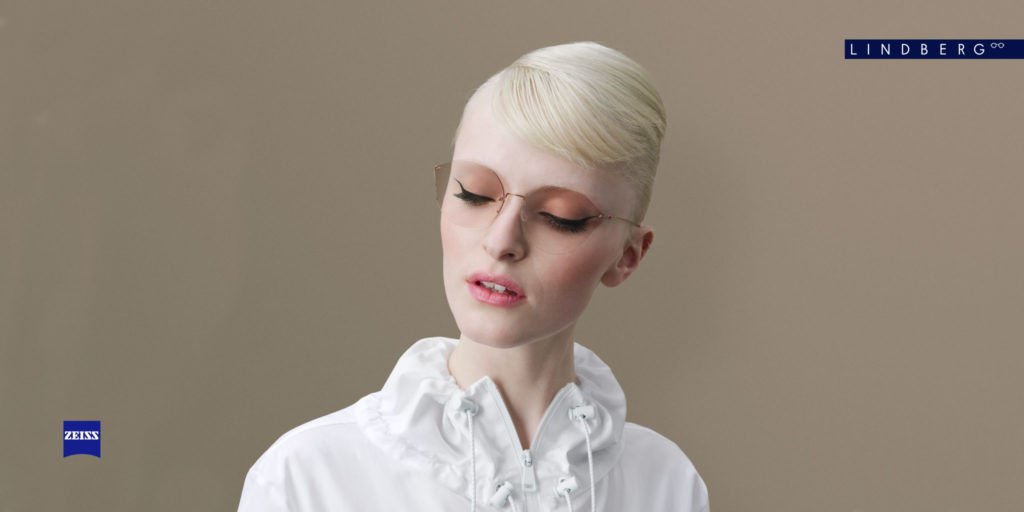
Self-Tinting Lenses
Whether you’re at work or at home, special sun lenses can step up your visual comfort in many situations. Did you know that all lenses can be made self-tinting? ZEISS PhotoFusion X lenses offer perfect UV protection and optimum vision in one lens – thus eliminating the hassle of switching glasses. And these lenses come with everything you’d expect: improved contrast perception, less glare and an anti-reflective coating to top it all off. The lenses will tint depending on the intensity of the UV rays – from slightly tinted through to the intense shading you get from a pair of sunglasses. They darken in seconds and clear in just a few minutes.
